Description
Familiarity with Treatment
This combined procedure, often referred to as phacovitrectomy, addresses both retinal detachment and cataract in a single surgery. It involves a vitrectomy to repair the retina and cataract surgery to replace the clouded lens with a monofocal intraocular lens (IOL). This approach is beneficial for patients who need both procedures, reducing the need for multiple surgeries.
Procedure Explanation
- Preparation: The eye is numbed with local or general anesthesia.
- Vitrectomy: Small incisions are made in the sclera to remove the vitreous gel and repair the detached retina. Laser photocoagulation or cryopexy may be used to seal retinal tears.
- Cataract Removal: The clouded lens is removed using phacoemulsification.
- IOL Implantation: A monofocal IOL is implanted to replace the natural lens.
- Completion: The incisions are closed, and the eye is monitored for any immediate complications.
Who is it Suitable For?
- Patients with retinal detachment and cataract.
- Individuals with visually significant cataracts obstructing the view of the retina.
- Patients who prefer to have both issues addressed in a single surgery.
Who is it Not Suitable For?
- Patients with severe proliferative vitreoretinopathy.
- Individuals with significant ocular trauma.
- Those with extensive retinal scarring or other underlying conditions like macular holes or diabetic retinopathy.
Advantages
- Addresses both retinal detachment and cataract in one surgery.
- Reduces the need for multiple surgeries and anesthesia.
- Faster overall recovery time.
- Improved visual outcomes by addressing both issues simultaneously.
Complications
- Infection or inflammation.
- Increased intraocular pressure.
- Displacement or failure of the IOL.
- Double vision or changes in refractive error.
- Posterior capsular opacification.
- Corneal edema, glaucoma, or cystoid macular edema.
Previous Care
- Comprehensive eye examination to determine suitability.
- Discontinuation of contact lenses prior to surgery.
- Detailed discussion of potential risks and benefits with the ophthalmologist.
Aftercare
- Use of prescribed antibiotic and anti-inflammatory eye drops.
- Avoid rubbing the eyes.
- Regular follow-up visits to monitor healing.
- Temporary use of protective eyewear.
- Avoiding heavy lifting and strenuous activities for a few weeks.
Stay at Hospital?
- This is typically an outpatient procedure, so an overnight stay at the hospital is not required. Patients can usually go home the same day after a brief observation period.
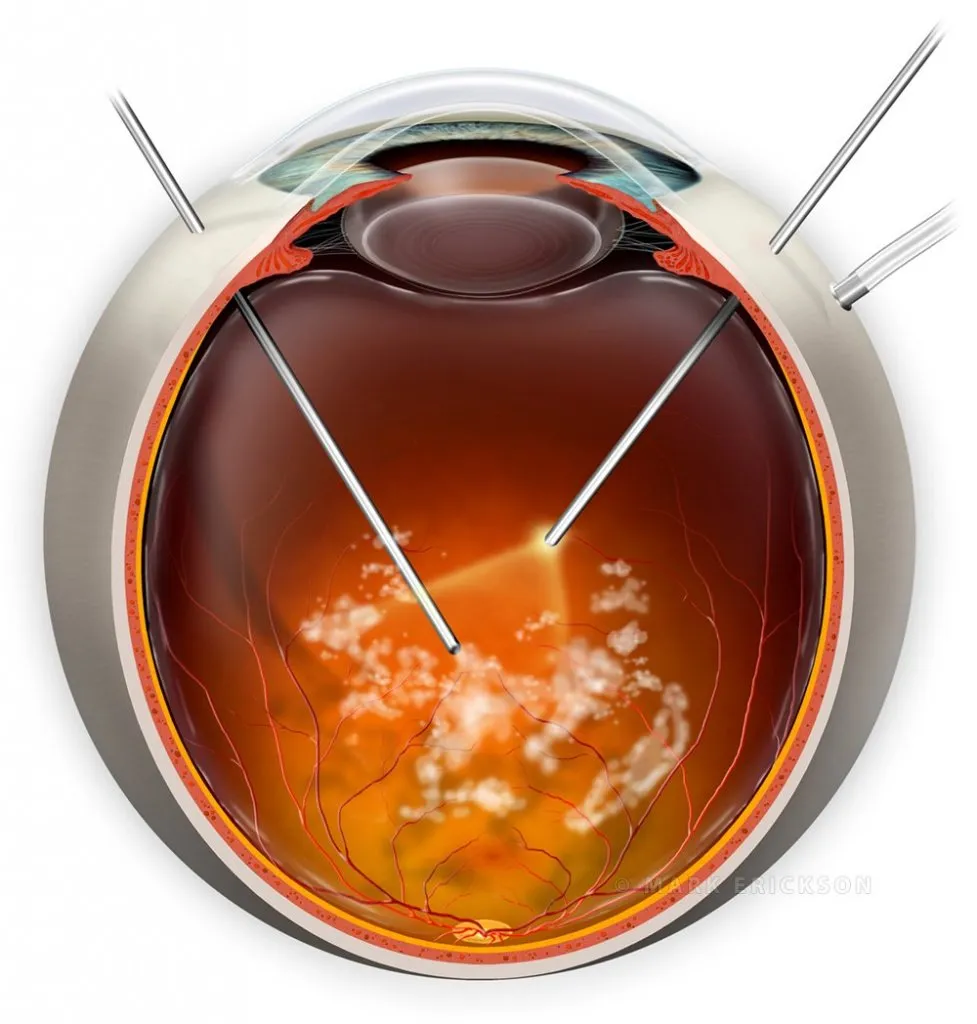
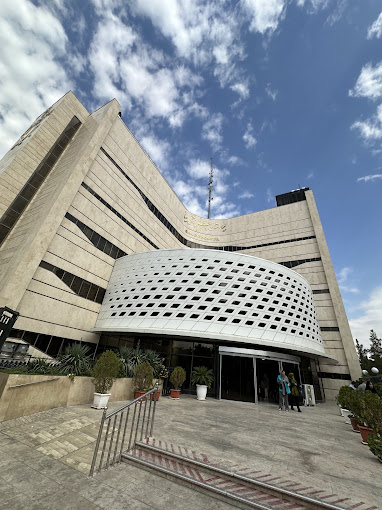

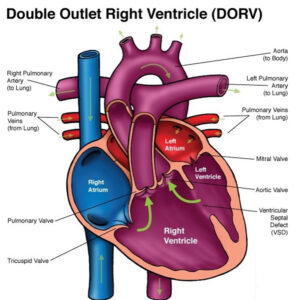
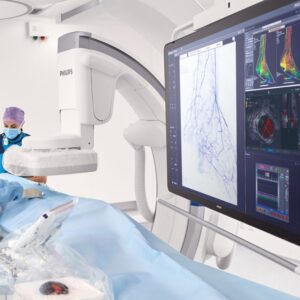


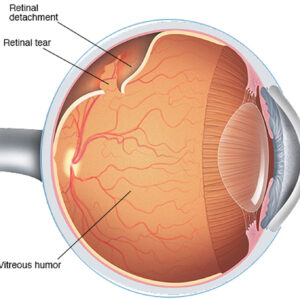
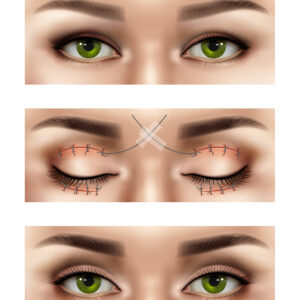
Reviews
There are no reviews yet.